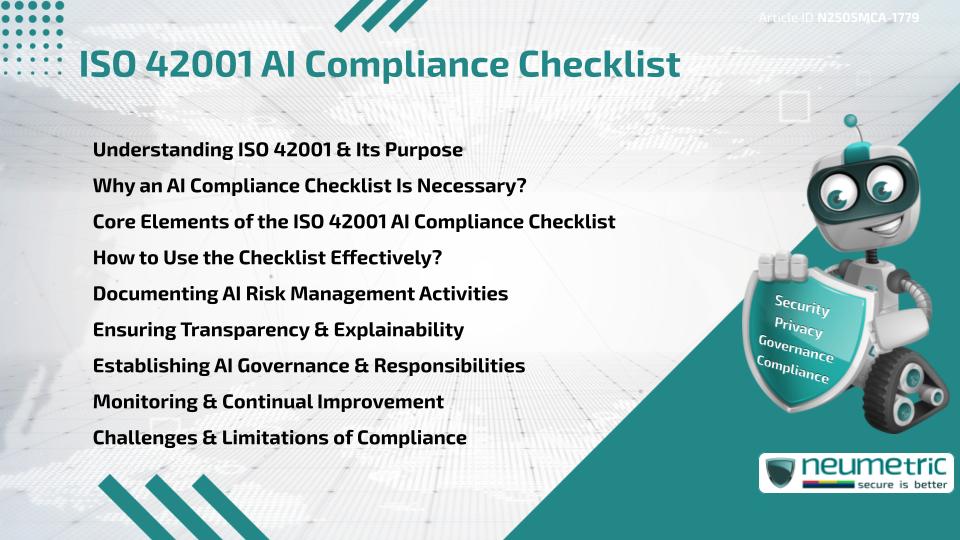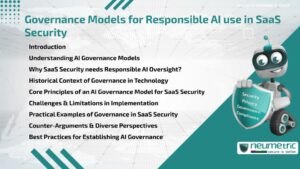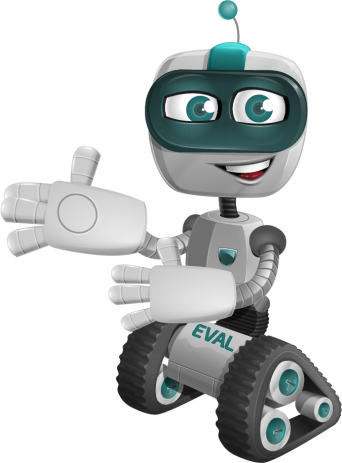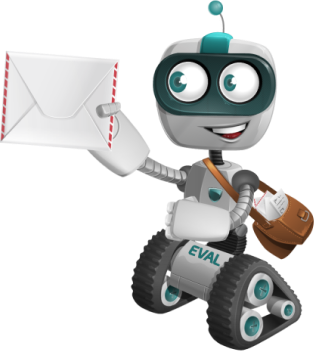Table of Contents
ToggleIntroduction
As Artificial Intelligence continues to influence critical decisions in Healthcare, Finance, education & more, trust in its operations becomes vital. The ISO 42001 AI Compliance Checklist provides a structured path for ensuring responsible AI use. It helps Organisations verify that their AI Systems operate safely, ethically & in line with regulatory & organizational values. In this article, we explore the components, benefits & challenges of adopting this Checklist & offer practical guidance for implementation.
Understanding ISO 42001 & Its Purpose
ISO 42001 is the first international Standard specifically designed for Artificial Intelligence management. It sets requirements for establishing, implementing, maintaining & continually improving an Artificial Intelligence Management System (AIMS). Much like ISO 27001 does for Information Security, ISO 42001 ensures that AI is governed responsibly & Risks are systematically managed.
The ISO 42001 AI Compliance Checklist acts as a bridge between the standard’s requirements & practical execution, offering step-by-step items that Organisations can evaluate & document.
Why an AI Compliance Checklist Is Necessary?
The rapid deployment of AI Systems often outpaces regulatory frameworks. Without a Compliance Checklist, businesses Risk introducing bias, reducing transparency or even breaching ethical or legal expectations.
A robust ISO 42001 AI Compliance Checklist:
- Ensures consistent implementation of ISO 42001 controls.
- Identifies gaps in AI lifecycle management.
- Helps meet obligations under local laws & Ethical Standards.
- Supports internal audits & external assessments.
Using a Checklist brings structure to what might otherwise be a complex & disjointed Compliance effort.
Core Elements of the ISO 42001 AI Compliance Checklist
The Checklist is typically divided into the following core areas:
1. Leadership & Governance
- Assign accountability for AI Governance.
- Define an AI Risk owner & supporting roles.
- Communicate responsibilities across all departments.
2. Risk Assessment & Treatment
- Conduct AI-specific Risk Assessments.
- Identify Risks like bias, data drift & unintended outcomes.
- Design & implement Risk Treatment Plans.
3. Legal, Ethical & Social Considerations
- Review AI Systems for ethical Risks.
- Map legal obligations related to data, Transparency & Accountability.
- Align systems with fairness & inclusivity principles.
4. Data & Model Management
- Document data sources & preprocessing methods.
- Ensure model versioning & explainability.
- Test for bias & robustness regularly.
5. Incident Response & Reporting
- Define triggers for AI-related incident reporting.
- Create response workflows for AI failures or deviations.
- Maintain logs for Audit trails & improvement feedback.
A complete ISO 42001 AI Compliance Checklist covers each of these areas & prompts regular updates as the system evolves.
How to Use the Checklist Effectively?
Treat the Checklist as a living document. Here are some good practices:
- Involve both technical & non-technical Stakeholders.
- Perform gap assessments every six (6) to twelve (12) months.
- prioritise critical items based on AI Risk level.
- Use automated tracking tools where possible to maintain records.
You can also cross-reference with other standards like NIST AI RMF or OECD AI Principles to enrich the Checklist scope.
Documenting AI Risk Management Activities
A key requirement of ISO 42001 is documenting how AI Risks are identified, evaluated & mitigated. The Checklist should ensure:
- Every AI use case is Risk-profiled.
- Risk decisions are justified & logged.
- Mitigations are tested & revised regularly.
This documentation supports both Compliance & internal learning. It also improves transparency for regulators & users alike.
Ensuring Transparency & Explainability
Transparency is not optional when deploying AI. The Checklist can guide Organisations in:
- Documenting AI objectives & limitations.
- Offering explanations for automated outcomes.
- Logging decisions made by both humans & machines.
Clear documentation also supports trust & improves public perception of the Organisation’s AI use.
Establishing AI Governance & Responsibilities
Governance frameworks ensure decisions about AI Systems are made with due care. The Checklist should confirm:
- Roles & responsibilities are clearly defined.
- Decision-making structures support accountability.
- Ethical review boards or AI councils are in place.
These actions create a balance between innovation & oversight.
Monitoring & Continual Improvement
ISO 42001 encourages improvement over time. Use the Checklist to monitor:
- AI Model performance over time.
- Changes in the external environment affecting AI.
- Stakeholder feedback & its impact on system updates.
This ensures the system evolves responsibly & remains aligned with organizational values.
Challenges & Limitations of Compliance
While the ISO 42001 AI Compliance Checklist is comprehensive, there are practical challenges:
- Smaller Organisations may lack the resources to implement it fully.
- Not all AI Risks are predictable or preventable.
- Interpretations of “ethical” AI may vary by region or industry.
Despite these limitations, the Checklist remains a valuable tool. It promotes disciplined practices & reveals improvement areas that might otherwise be overlooked.
Takeaways
- The ISO 42001 AI Compliance Checklist provides a practical way to adopt ISO 42001 in real-world AI Systems.
- It addresses Governance, Risk, transparency, ethics & monitoring.
- The Checklist should be updated regularly & involve cross-functional teams.
- While challenges exist, the Checklist enhances AI trustworthiness & accountability.
FAQ
What is the ISO 42001 AI Compliance Checklist?
It is a practical tool that helps Organisations implement ISO 42001 by listing required activities & documents for responsible AI Governance.
Who should use the ISO 42001 AI Compliance Checklist?
Any Organisation that develops, deploys or manages AI Systems can benefit from the Checklist, especially those seeking ISO 42001 Certification.
How often should the ISO 42001 AI Compliance Checklist be reviewed?
At least once every six (6) to twelve (12) months or whenever major changes are made to AI Systems or Policies.
Is the ISO 42001 AI Compliance Checklist mandatory?
The Checklist itself is not mandatory, but using it supports Compliance with ISO 42001 which may be required by partners or regulators.
What types of Risks does the ISO 42001 AI Compliance Checklist help identify?
It helps identify technical, ethical, legal & operational Risks associated with AI, such as bias, Non-Compliance or decision opacity.
Can ISO 42001 be integrated with other standards?
Yes, it complements standards like ISO 27001, NIST AI RMF & GDPR.
Does the Checklist include ethical guidelines?
Yes, it includes prompts to evaluate fairness, inclusivity & social responsibility in AI design & deployment.
How detailed should documentation be?
Documentation should be detailed enough to show how decisions are made, Risks are handled & Compliance is maintained over time.
Need help?
Neumetric provides organisations the necessary help to achieve their Cybersecurity, Compliance, Governance, Privacy, Certifications & Pentesting goals.
Organisations & Businesses, specifically those which provide SaaS & AI Solutions, usually need a Cybersecurity Partner for meeting & maintaining the ongoing Security & Privacy needs & requirements of their Clients & Customers.
SOC 2, ISO 27001, ISO 42001, NIST, HIPAA, HECVAT, EU GDPR are some of the Frameworks that are served by Fusion – a centralised, automated, AI-enabled SaaS Solution created & managed by Neumetric.
Reach out to us!





